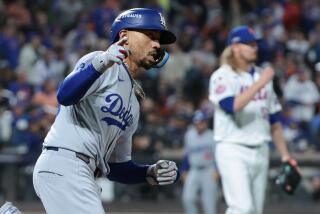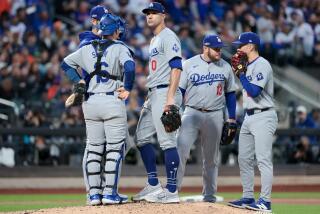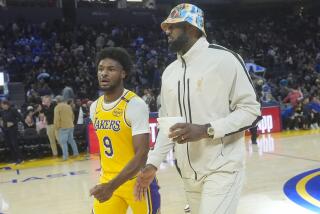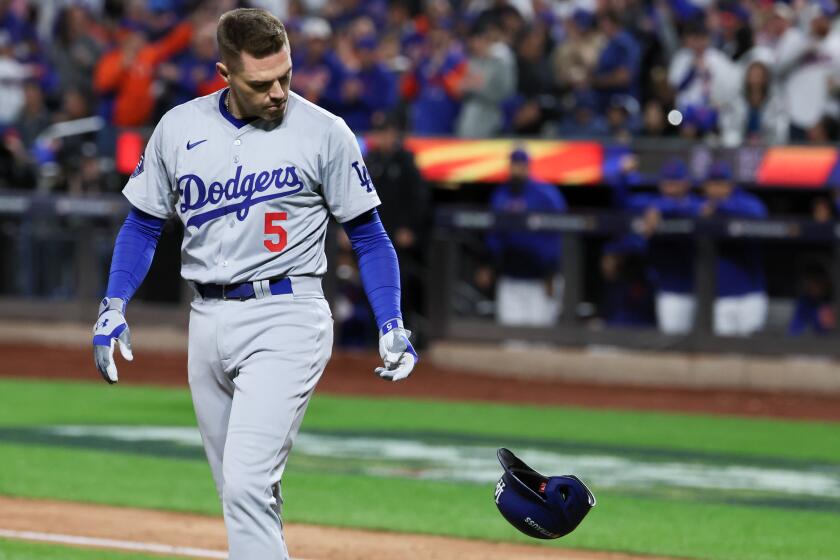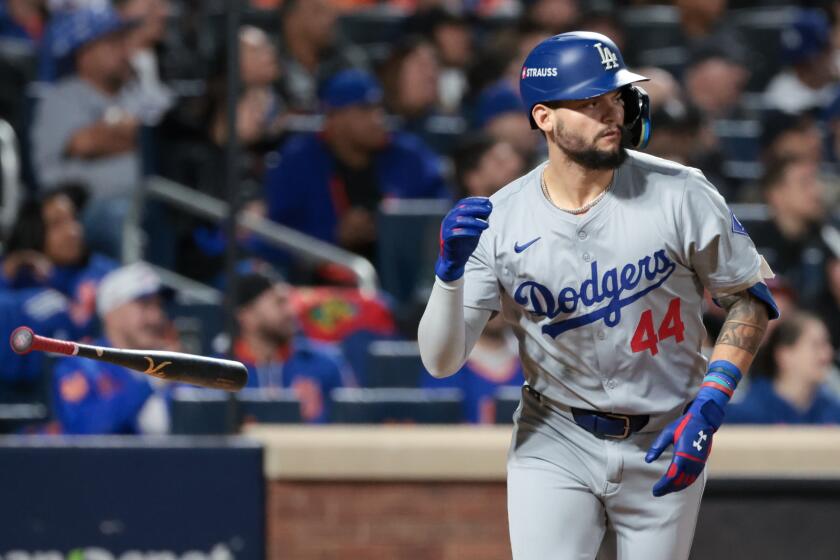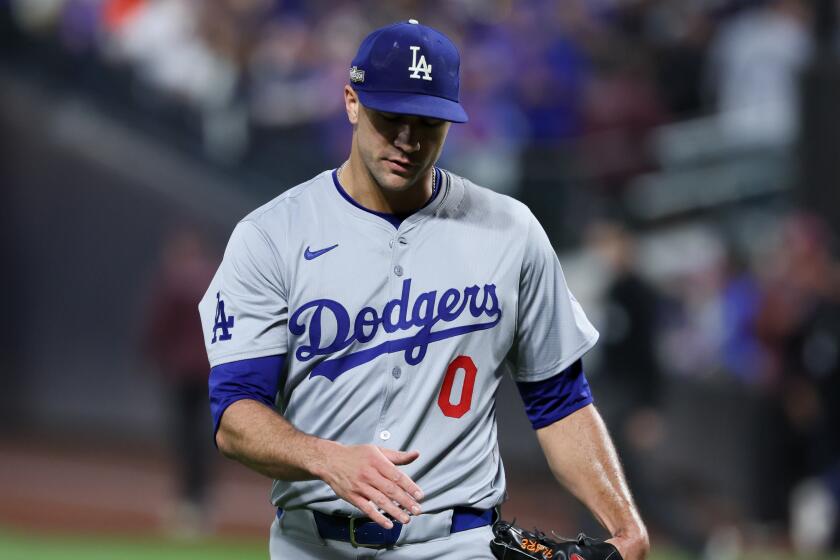Some Games Are Worth Remembering
Never before, or since, has a city gone collectively insane over the outcome of a football game. A crowd of 30,000 vented its enthusiasm by inadvertently shutting down a major airport, clogging the adjacent roads into miles of parking lots and celebrating long into the night.
Those aware of the significance of the Baltimore Colts’ victory over the New York Giants in the 1958 NFL championship immediately remember where they were, and details of those incredible moments remain etched indelibly in their memory.
The Colts had defeated the Giants, 23-17, in the first overtime the sport of football had ever known. The team’s return from New York to Friendship Airport (now Baltimore-Washington International) resulted in such an outpouring of support that radio stations made emergency announcements pleading with the public to stay away.
“It was something I didn’t believe was possible,” said Don Shinnick, a linebacker, who is now an assistant coach of the New England Patriots. “The crowd was so large it actually took over the airport and spilled out on the runway. I was on a bus, with some of the other players, that was caught in the middle of the mob scene. We didn’t dare get off because, as Coach Weeb Ewbank said, ‘They might tear us to pieces.’ ”
Baltimore has never known a welcome-home ceremony like it. And it’s doubtful if any other city has rejoiced in such a full, unrestrained charge of euphoria. Baltimore hadn’t won a major championship since the 1896 Orioles of the National League, the group that numbered such illustrious baseball names as John McGraw, Wee Willie Keeler and Hughie Jennings.
The metropolis on the banks of Chesapeake Bay had too long been demeaned as “that whistle-stop between Philadelphia and Washington.” But the Colts had gone into Yankee Stadium and won a classic in a dramatic way that not only turned on the public to pro football but, at the same time, also helped Baltimore lose its woeful inferiority complex.
“If you were at the airport, as I was,” said Joe Croghan, then the sports director of WBAL-TV in Baltimore, “you could never forget it. All the folks in the crowd wanted was to see the players, to make them realize how happy they had made them feel. I came close to getting trampled in the process because of the way the waiting crowd surged back and forth. I could have been crushed by the rush. Instead of doing a broadcast and interviewing the team members, I had to cut my broadcast cord and stand on top of a mobile truck unit.”
The Colts deplaned at a distant corner of the airport, for safety’s sake, and boarded buses for the trip to the terminal building . . . but never got there. One bus was marooned by the “welcoming committee.” A police cruiser attempting to rescue the players had so many bodies on top of it that the roof collapsed.
Meanwhile, boys and men, estimated at from 60 to 90 in number, scaled the sides of the bus and packed its roof. Even as the bus inched its way out of the throng and headed for the open highway, a group of 14 held on for a joy ride that could have been tragic because the vehicle was moving at about 45 mph.
Let Bob Cooke, now a principal at a Baltimore high school, tell you part of his story:
“I was 17 years old . . . ,” Cooke said. “I got out to the airport with some friends and the crowd was in a frenzy. Not drunk or disorderly but carried away with emotion. I was, too.
“I figured if I stayed near another police cruiser that finally got to the team bus, I might be able to meet some of the Colts. So I was clinging to the back bumper of the car with another fellow. After it got out of the airport and headed away, escorting the Colts, I was clutching the car with anything I could grip. My outside hand was holding on under the fender. I knew if I fell off, the bus, speeding behind, would run over me. The other fellow and I held each other’s inside hand and had a death grip with the other hand on anything we could grab.”
The bus and its escort finally rendezvoused in the deserted yard of a school or church south of the airport. The police had lost their patience, which meant Cooke and the others were temporarily apprehended and taken to Ferndale Police Station.
“They let us go after a serious lecture,” Cooke said.
Airport officials placed the estimate at 30,000 well-wishers. Restraining ropes wouldn’t hold them, and the crowd squirted out on the runways because there was no place else to go. Calls for additional police were made, but because the highways were stacked with cars temporarily abandoned by the fans headed to the airport to greet the team, there was no way they could penetrate the logjam.
The airport turnout was different from the 12,000 to 20,000 Baltimore fans who had actually gone to Yankee Stadium for the game.
The fans in New York were there, along with the Colts Band and cheerleaders, to witness the way John Unitas, Raymond Berry, Jim Parker, Gino Marchetti, Bill Pellington, Jim Mutscheller, Lenny Moore, Alan “The Horse” Ameche, Art Donovan, Steve Myhra and so many others distinguished themselves in the epic battle.
“I was riding the cross bar of one set of goal posts when they came down,” says Tom Healy, who now operates a warehouse business in Laurel, Md. “As the goal posts went back and forth, I felt as if I was a pole vaulter being catapulted in the air. The wood had been freshly painted, but I got a piece when it finally came down. They were two-by-twos nailed together and freshly painted.
“When I got outside Yankee Stadium, some Baltimore fan came over, knelt down in front of me and kissed the piece of wood,” Healy said. “Then he reached in a bag he was carrying and gave me an unopened fifth of whiskey for letting him do it. It was a scene that has stayed with me all these years. If you were there, you could never forget it.”
Although it was three decades ago, second and third generation Colts followers have been fully apprised of what took place. They replay the 1958 championship showdown with vivid detail. It was the first time pro football ever knew sudden death. Because of the impact it made and has continually sustained, it remains a game that refuses to die. And it shouldn’t.
More to Read
Go beyond the scoreboard
Get the latest on L.A.'s teams in the daily Sports Report newsletter.
You may occasionally receive promotional content from the Los Angeles Times.
